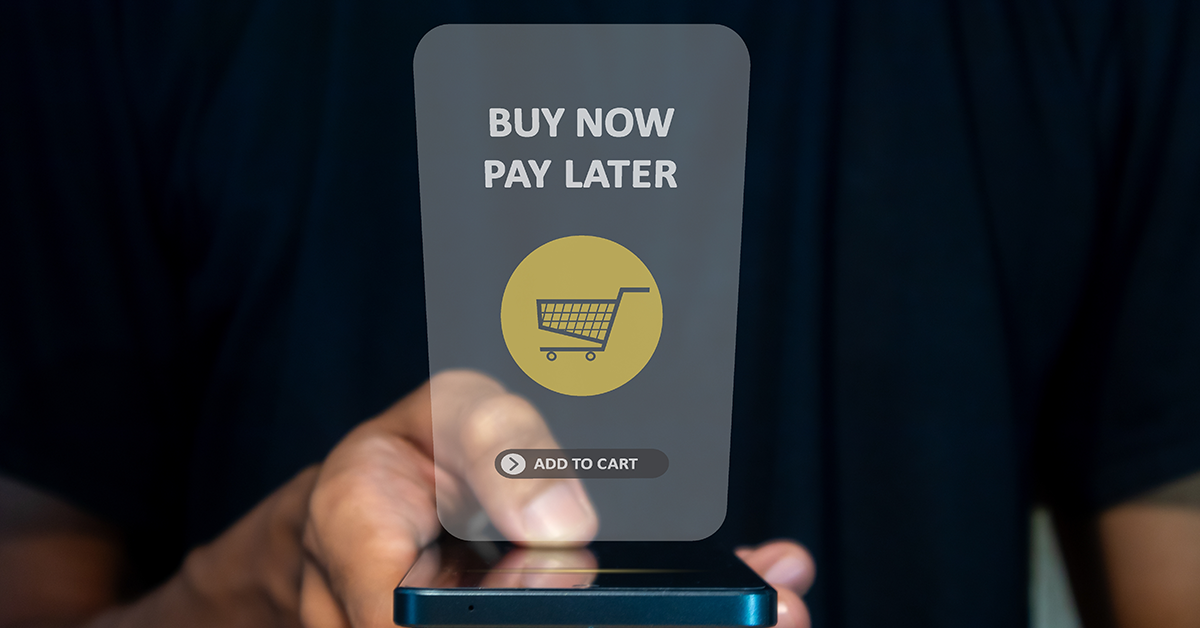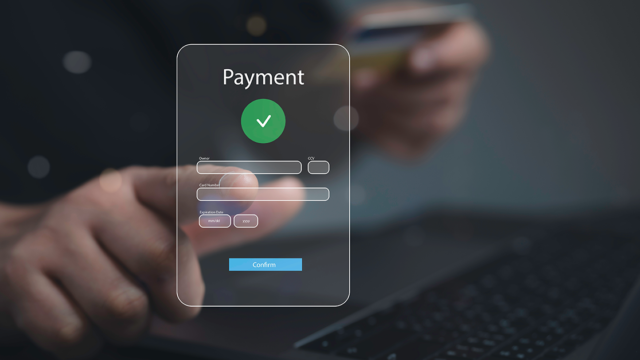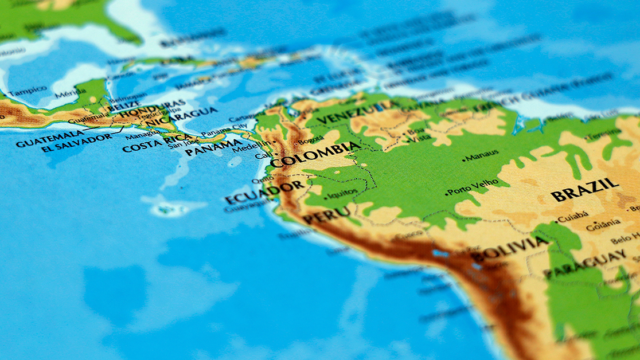The payments landscape continues to evolve rapidly, and 2025 is set to be another transformative year. Cross-border payments are becoming faster, cheaper, and more seamless, although further innovation is needed to enhance inclusivity. These changes are primarily driven by technological advancements, shifting consumer expectations, and regulatory developments.
Here are three key trends we expect to shape cross-border payments and fintech this year.
Real-time payments (RTP)

Real-time payments are no longer just an emerging trend, they are becoming the new global payment standard. The adoption and demand for instant transactions continue to grow as consumers increasingly favour speed, convenience, and transparency. Small and medium-sized enterprises (SMEs), which represent 90% of the global economy, have particularly benefited from RTP. Instant payment rails have been proven to improve SMEs' cash flow, reduce financial pressure, streamline operations, and strengthen business relationships.
Recent research showed that 70% of SMEs choose real-time payments to help manage their cash flow, and 35% are willing to pay fees for instant payment services. As of 2023, nearly 80 countries had at least one real-time solution. RTP volumes reached USD 266.2 billion in transactions globally in 2023, marking a year-over-year (YoY) growth of 42.2%. India, Brazil, Indonesia, Malaysia, and the Netherlands are the top 5 countries with the highest real-time payment markets worldwide. By 2028, global RTP transactions are projected to hit USD 575.1 billion, growing at a compound annual growth rate (CAGR) of 16.7%.
Digital wallets

Digital wallets are set to remain a dominant payment method in 2025, particularly across emerging markets in Asia, Africa, and Latin America. Like RTP, their appeal lies in convenience, speed, and cost-effectiveness, making them a vital tool for financial inclusion. For many unbanked or underbanked people, digital wallets serve as a gateway to the financial system, offering mobile-first solutions to store, send, and receive funds. By 2026, over 5.2 billion users—more than 60% of the global population—are expected to use digital wallets. In 2023, they accounted for 30% of point-of-sale and 50% of online transactions globally.
As e-commerce expands, digital wallets are becoming the preferred payment method. Additionally, they are emerging as the go-to option for cross-border payments. A prime example is the interoperability of payment systems among ASEAN countries, which enable users to send money across borders using only a contact number, bypassing traditional complexities. A recent PYMNTS Intelligence report revealed that 42% of US consumers prefer digital wallets for international payments.
QR code payments have also contributed to the continued growth of digital wallets. According to Juniper Research, global spending via QR codes is expected to increase from USD 2.4 trillion in 2022 to USD 3 trillion by 2025. QR code payments have provided a convenient and secure cashless solution for tourists while offering businesses a streamlined way to accept payments, particularly in Asia. In Europe, major banks from the European Payments Initiative (EPI) are expected to adopt a new standardised QR code payment system, Wero, further boosting digital wallet adoption.
Embedded finance

Embedded finance is set to become a major payment trend in 2025, driven by its seamless integration into non-financial platforms, reducing friction and elevating user experience. The global embedded finance market was valued at USD 104.8 billion in 2024. It is projected to grow at a CAGR of 23.3% from 2025 to 2034 as more platforms embed services such as payments, lending, and insurance directly into their ecosystems. This shift enables businesses to deliver contextual financial experiences—such as real-time payouts, B2B Buy Now, Pay Later (BNPL), and cross-border payment solutions—without directing users to external providers. Companies adopting embedded finance have seen up to 12% growth in conversion rates, a 30% increase in average order value, and as much as 7% incremental revenue.
In B2B commerce, embedded finance holds significant potential in 2025. By integrating financial services directly into digital platforms, businesses can streamline processes, reduce transaction times, and optimise working capital management through real-time insights and improved cash flow. The B2B sector is beginning to reflect the digital expectations seen in consumer e-commerce—where speed, transparency, and convenience are paramount. For example, Adoption of B2B BNPL payments is expected to grow steadily over the coming years, with a compound annual growth rate (CAGR) of 27.4% projected between 2024 and 2029. This growth is fuelled by SMEs seeking accessible and cost-effective financing alternatives. As technologies such as artificial intelligence (AI) and machine learning (ML) become more integrated, embedded finance will continue to evolve, enabling smarter decision-making and more personalised financial services at scale.







